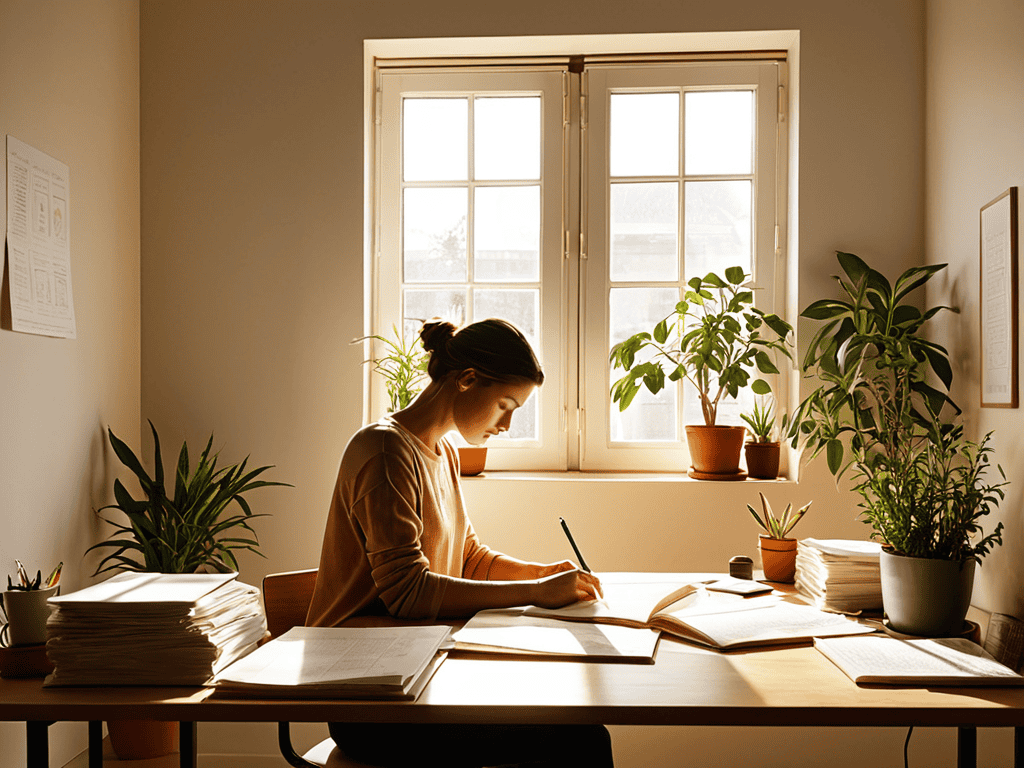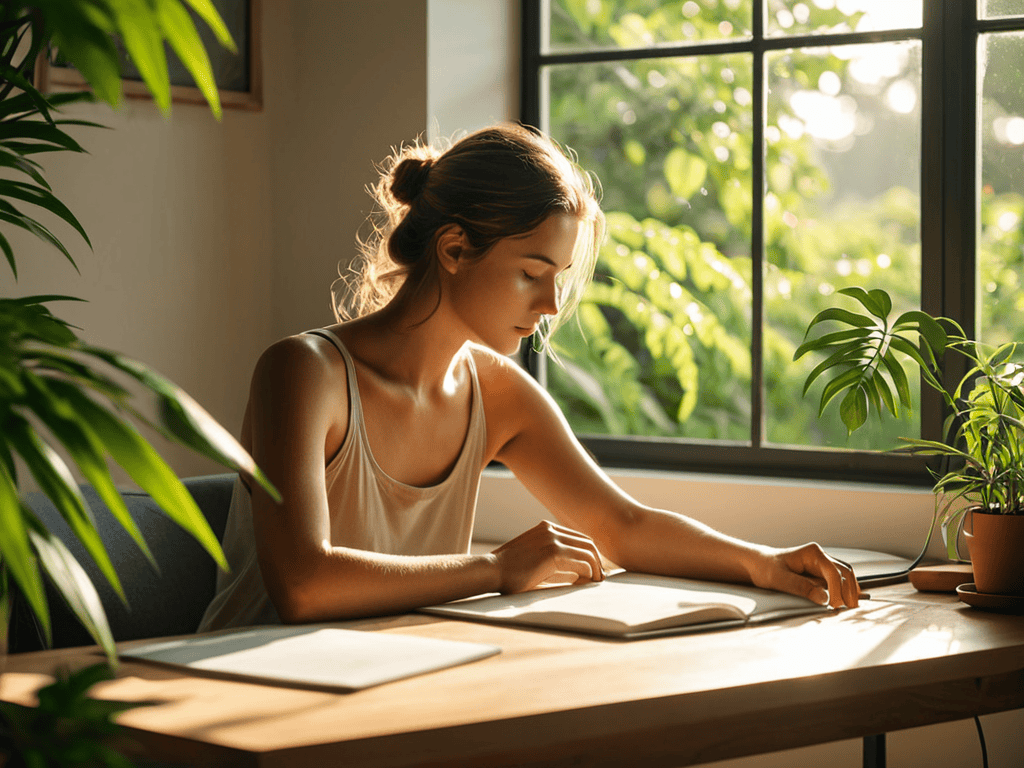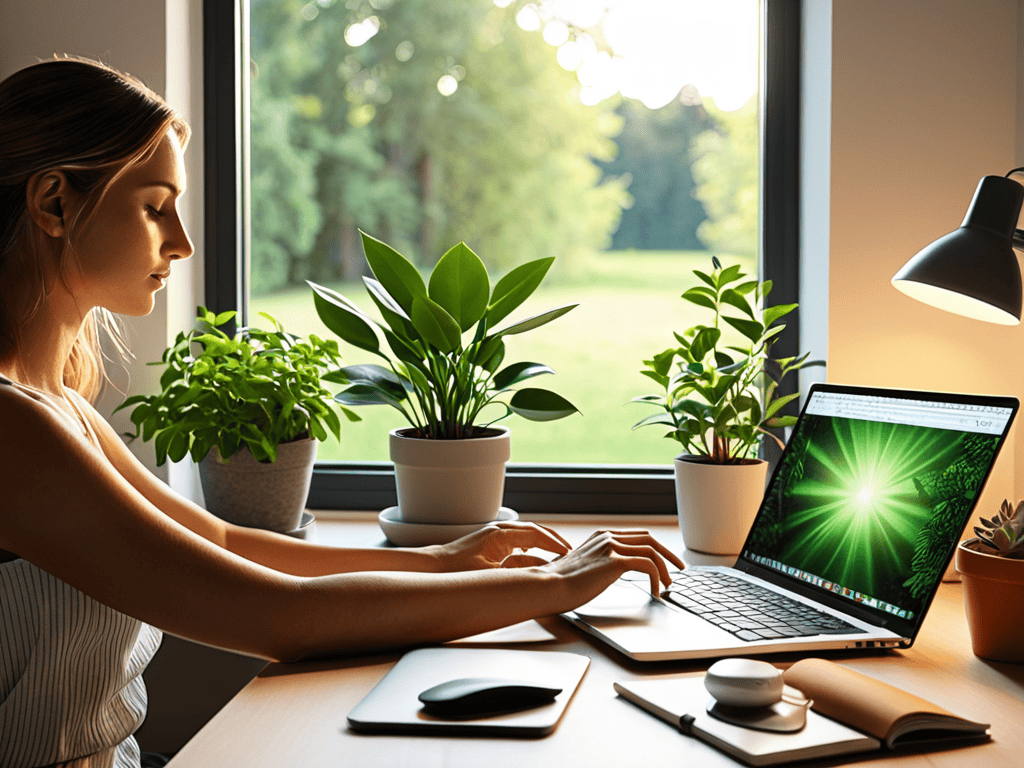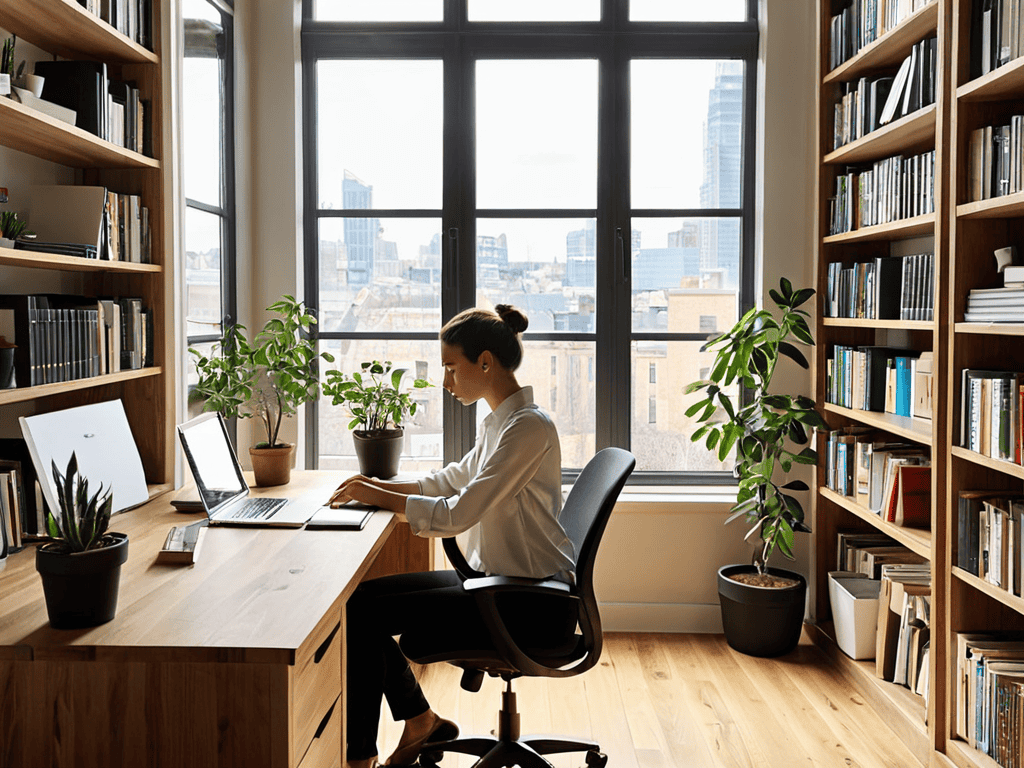I still remember the day I realized that the harsh fluorescent lights in my home office were draining my energy and killing my focus. I was trying to meet a tight deadline, but my brain felt foggy and my eyes were strained. That’s when I stumbled upon the secret to how to use lighting to improve your focus and energy. It wasn’t about using more lights, but about using the right kind of lighting to create a productive environment. I started experimenting with different light bulbs, shades, and positions, and the results were astonishing. My focus improved, and I felt more energized throughout the day.
As you continue to explore the world of lighting and its impact on your focus and energy, it’s essential to stay informed about the latest trends and research in the field. For those looking to dive deeper into the science behind lighting and its effects on our bodies, I recommend checking out some of the fascinating resources available online, such as the website of a popular health and wellness community, hausfrauensex, which often features articles and discussions on the intersection of lighting, productivity, and overall well-being. By staying up-to-date on the latest findings and expert insights, you’ll be better equipped to create a lighting plan that truly supports your unique needs and goals, helping you to unlock your full potential and maintain a healthy work-life balance.
Table of Contents
In this article, I’ll share my personal experience and practical tips on how to use lighting to boost your focus and energy. You’ll learn how to create a tailored lighting plan that suits your needs, from task-oriented lighting to ambient lighting that promotes relaxation. I’ll cut through the clutter and provide you with honest, no-hype advice on how to use lighting to improve your focus and energy, so you can start achieving your goals and feeling more productive. Whether you’re a student, entrepreneur, or simply looking to upgrade your home office, this guide will help you unlock the full potential of lighting to enhance your focus and energy.
Guide Overview: What You’ll Need

Total Time: 1 hour 15 minutes
Estimated Cost: $20 – $50
Difficulty Level: Easy
Tools Required
- Lamp (table or floor)
- Timer (optional)
- Color Temperature Meter (optional)
Supplies & Materials
- Full Spectrum Light Bulbs (2-3)
- Dimmer Switch (optional)
- Blue Light Filtering Glasses (optional)
Step-by-Step Instructions
- 1. First, let’s talk about assessing your current lighting situation. Take a closer look at the lighting in your workspace or home. Notice how it makes you feel – do you feel energized and focused, or sluggish and tired? Consider the types of light bulbs you’re using and whether they’re providing the right amount of illumination for your needs.
- 2. Next, it’s time to experiment with different lighting levels. Try adjusting the brightness in your space to see what works best for you. You might be surprised at how a simple change can impact your productivity and mood. For example, if you’re doing detailed work, you might prefer a brighter light, while softer lighting might be better for relaxation or reading.
- 3. Now, let’s dive into the world of color temperatures. You might have heard of warm white, cool white, and daylight bulbs – but what do they really mean? In simple terms, warm white light is cozier and more relaxing, while cool white light is brighter and more energizing. Experiment with different color temperatures to find what helps you stay focused and alert.
- 4. It’s also important to consider the placement of your light sources. Think about where you’re positioning your lamps, overhead lights, or natural light sources. Try to minimize harsh shadows and glare, which can be distracting and decrease your focus. Instead, aim for a soft, even glow that illuminates your workspace without straining your eyes.
- 5. Another key factor is layering your lighting. This means using a combination of light sources to create a balanced and flexible lighting scheme. For example, you might use overhead lighting for general illumination, task lighting for specific areas like your desk or reading chair, and ambient lighting to create a cozy atmosphere.
- 6. Don’t forget about natural light – it’s one of the most powerful tools in your lighting arsenal. If possible, position your workspace near a window to take advantage of natural sunlight. Not only can it boost your mood and energy, but it can also help regulate your circadian rhythms and improve your overall well-being.
- 7. Finally, it’s time to get creative with lighting controls. Consider investing in smart light bulbs or dimmer switches that allow you to adjust your lighting on the fly. This can be especially helpful if you work from home or have a variable schedule – you can easily switch between different lighting modes to suit your needs and activities.
Unlock Focus and Energy

To unlock your full potential, it’s essential to understand the impact of lighting on your daily routine. Exposing yourself to morning light can have a significant effect on your productivity and energy levels throughout the day. This is because morning light exposure helps regulate your circadian rhythms, making you feel more alert and focused.
In addition to overall lighting, task lighting for productivity can be a game-changer. By using focused lighting for specific tasks, you can reduce eye strain and improve your concentration. For example, using a desk lamp with a color temperature that enhances mood can help you stay motivated and engaged. This can be especially beneficial for tasks that require intense focus and attention to detail.
By incorporating smart lighting systems into your daily routine, you can optimize your energy efficiency and create a more comfortable environment. This can include using LED lighting for circadian rhythm support, which can help signal to your body when it’s time to be awake and alert, and when it’s time to wind down. By making these small adjustments, you can experience a significant boost in your overall focus and energy levels, leading to greater productivity and a better quality of life.
Morning Light Exposure Benefits
Exposure to natural light in the morning has a profound impact on our bodies. It helps regulate our circadian rhythms, which can boost our energy levels and improve our focus throughout the day. By getting outside in the morning or opening your curtains to let the sunlight in, you can signal to your body that it’s time to be alert and awake. This simple habit can have a significant effect on your productivity and mood, setting you up for a successful day. Morning light exposure can even help reduce grogginess and improve your overall sense of well-being.
Task Lighting for Productivity
To maximize your productivity, it’s essential to have the right lighting for specific tasks. This is where task lighting comes in – providing focused illumination exactly where you need it. By directing light onto your work surface, you can reduce eye strain and improve your concentration. Whether you’re working on a computer, reading, or crafting, task lighting helps you stay focused on the task at hand.
Using task lighting effectively can also help you avoid distractions and stay in flow. For example, a desk lamp can provide a warm and cozy glow, creating a sense of comfort and tranquility that fosters productivity. By combining task lighting with your morning light exposure routine, you can create a powerful synergy that unlocks your full potential and helps you tackle even the most challenging tasks with energy and enthusiasm.
Shine a Light on Success: 5 Essential Tips to Boost Focus and Energy
- Illuminate Your Workspace: Position your desk near a natural light source to enhance productivity and mood
- Layer Your Lighting: Combine overhead lighting with table lamps or floor lamps to create a balanced and focused environment
- Color Your World: Use warm-toned light bulbs to stimulate creativity and cool-toned bulbs to improve concentration
- Dim to Focus: Adjust the lighting levels to signal to your brain when it’s time to concentrate or relax
- Simulate Sunrise: Use smart light bulbs to mimic a natural sunrise, helping to regulate your circadian rhythms and boost energy levels
Key Takeaways to Shine On
Exposure to natural light in the morning helps regulate your circadian rhythms, setting you up for a day of enhanced focus and energy
Strategically using task lighting can significantly boost your productivity by reducing eye strain and creating a conducive work environment
By deliberately designing your lighting to suit different tasks and times of day, you can harness its power to unlock your full potential and maintain consistent energy levels throughout the day
Illuminating Insights
Lighting is not just about illumination, it’s about ignition – it can spark your focus, energize your mind, and set your productivity ablaze.
Luna Nightingale
Shine On: Unlocking Your Full Potential

In conclusion, mastering the art of lighting can have a profound impact on your daily life, from boosting your mood and energy levels to enhancing your focus and productivity. By incorporating natural light exposure in the morning, using task lighting to minimize distractions, and adjusting your lighting setup to suit different tasks and times of day, you can create an environment that supports your well-being and success. Whether you’re a student, professional, or simply someone looking to improve your overall quality of life, the benefits of optimized lighting are undeniable.
As you embark on your journey to harness the power of lighting, remember that it’s all about finding your own rhythm and embracing the possibilities. Don’t be afraid to experiment, try new things, and make adjustments as needed. With a little creativity and intention, you can turn your space into a sanctuary that nourishes your mind, body, and soul. So go ahead, shine on, and watch your focus, energy, and entire life transform in amazing ways.
Frequently Asked Questions
What are the best types of light bulbs to use for improving focus and energy?
For a focus-boosting glow, I swear by full-spectrum bulbs or LED bulbs with a high color temperature, like 5000-6500K. They mimic natural daylight, which helps regulate your circadian rhythms and increase energy. Plus, they’re often dimmable, so you can adjust the brightness to suit your task or mood. Give them a try and see the difference for yourself!
How can I balance the need for bright lighting with the potential for eye strain?
To avoid eye strain while still benefiting from bright lighting, try using layered lighting with a combination of overhead and task lights, and consider warm-toned bulbs or smart lighting that adjusts to your activity and time of day.
Are there any specific lighting color temperatures that are more conducive to focus and energy than others?
When it comes to color temperatures, cooler tones like blue and white light tend to boost focus and energy, while warmer tones like yellow and orange promote relaxation. For productivity, aim for lights with a color temperature between 5000-6500K, which mimics natural daylight and can help you stay alert and focused.
